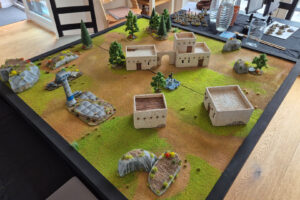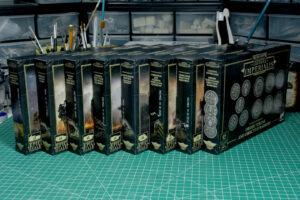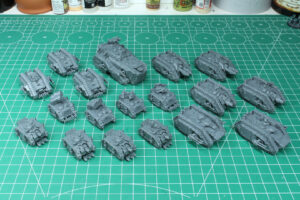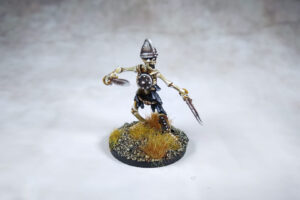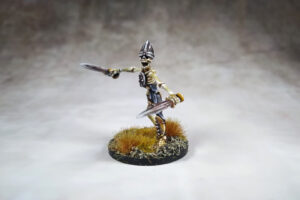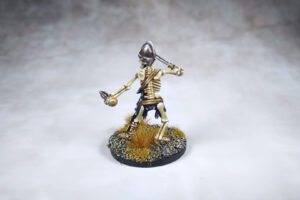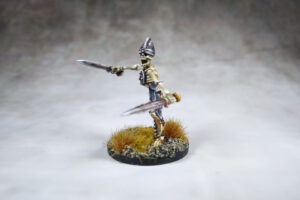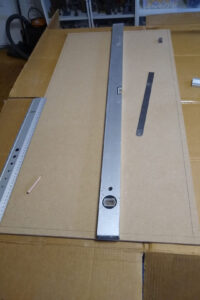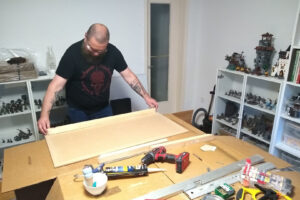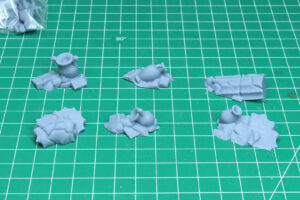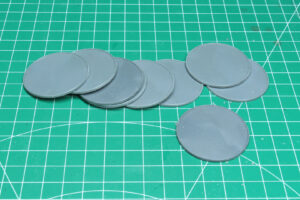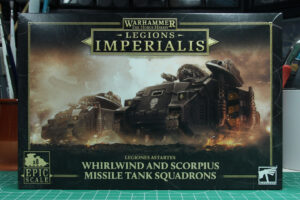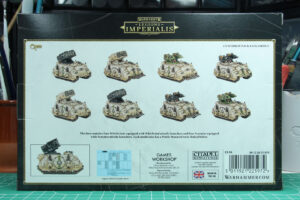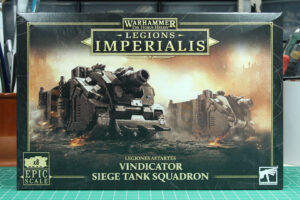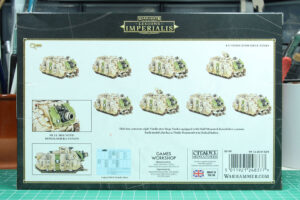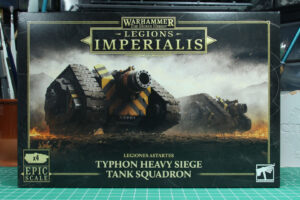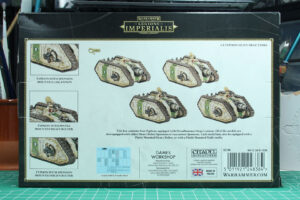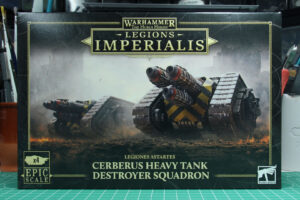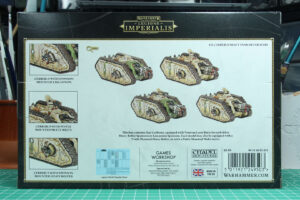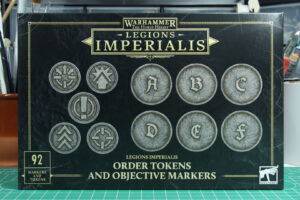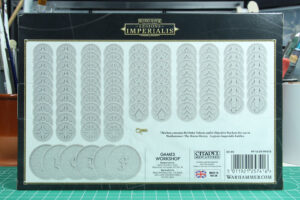Mortal Gods – Behind the scenes of a battle report
Dino and I have been talking about some things and one partially type of content that I want to give a try are battle reports.
I like producing the reviews, but it takes up a lot of time and only fills the building part of the hobby pillars, where as battle reports are documented games, which means they provide for multiple of the hobby pillars, as you do have to assemble and paint the miniatures you need for your games, get to build terrain and have a game with them.
This means the upcoming battle report is a proof of concept, to get a feel for the work load involved, the scope we're going for and to see what we might need to produce content on the level we're aiming for. And not just for Mortal Gods, but for other systems you saw and will see on here as well.
First off all, in case of the Mortal Gods battle reports, a huge thank you not only to Dino for taking care of that game, with the great article series he wrote and magnificient looking miniatures, you can see on here, but to Robert of Wolpertinger Miniatures, as he supported Dino in building the demo table and greek buildings.
August 2025 review
While it was a bit slow in the beginning of the month, at least in terms of published articles, but that was due to the preparation of a major release of reviews towards the end of the month.
We went big on the latest pre-orders of Legions Imperialis, covering the book and all new plastic kits.
- Liber Strategia
- Mastodon Super Heavy Assault Transport
- Order Tokens and Objectives Markers
- Typhon Heavy Siege Tank
- Cerberus Heavy Tank Destroyer
- Whirlwind and Scorpius Missile Tank
- Vindicator Siege Tank
Deth Wizards – Origins of Givana Part 3
Givana was a natural talent, there was no doubt about that. Most students needed over a year to master a second shambler at the same time, while she had achieved three in half as long. If she continued to learn at such a rapid pace, he would soon have to find a better way to keep their lair hidden. Such talent always attracted unwanted attention in the life of a prospective necromancer.
Painting skeletons is quite enjoyable. Not only are they quick to paint, even if you put more effort into them, but they are also highly reusable. In my opinion, undead creatures are the generic villains that can be deployed in large numbers and slaughtered without hesitation for cinematic scenarios, without the need for an exciting backstory for each character.
Mortal Gods – Building a gaming table
Since it had been clear for a while that we wanted to do a Mortal Gods batrep, but I simply didn't have the skills to build a board myself in such a short time, I did the only logical thing in this situation: I asked a specialist!
Robert, alias Wolpertinger Miniatures, offered to build me a tabletop board on the first weekend of August. I must admit, I had my doubts as to whether this was even possible in such a short time, but Robert persisted, and so I made ample use of his expertise.
To call him skilled is an understatement, and he had already completed the structural framework for half of the board before I even arrived at his place on Friday. We ended up building the other half together.
Mortal Gods – Objective Markers
In preparation of the upcoming demo table and battle reports on Mortal Gods I supported Dino by building some object markers.
I printed the base decoration elements from this set by Edinburgh Miniature Company and a chest from the A Ghostly Odyssey set by Loot Studios and grabbed some 40mm round bases by Warlord Games. Usually my go-to plastic bases are the flat ones by Renedra, but as I wanted to have the decoration immerse more into the ground, I went with the small lipped ones by Warlord.
In total I wanted to build nine objective markers, primarely used for Mortal Gods. You'll mostly be fine with six, but I just wanted to be sure and have a bit of variation depending on the scenario.
Legions Imperialis – Whirlwind and Scorpius Missile Tank Squadrons
The final release in the Legions Imperialis series are the Whirlwind and Scorpius Missile Tank Squadrons, which are based on the Rhino chassis.
The Whirlwind is a Space Marine artillery support vehicle designed to provide indirect fire against entrenched infantry and light vehicles from behind cover. During the Horus Heresy, these vehicles were built on the Deimos Pattern Rhino chassis, which was later succeeded by the more common Mars Pattern. Its primary weapon is the Whirlwind Multiple Missile Launcher: a turret system mounted on the vehicle's dorsal surface, capable of firing different types of warhead, such as Vengeance missiles for light vehicles and Castellan incendiary missiles for flushing enemies out of cover. Although the Whirlwind's range is shorter than that of the Imperial Guard's artillery, it compensates with a faster reaction time, greater mobility and the ability to relocate quickly after firing. During the Great Crusade, the Deimos Whirlwind Scorpius variant was equipped with the experimental Scorpius Multi-Launcher: a rotary-fed system delivering faster, more concentrated barrages of implosive warheads, which were devastating against armoured infantry and light armour. Although production of the Scorpius system was lost in the 41st Millennium, surviving relics remain highly lethal when deployed. Overall, the Whirlwind serves as the Astartes' flexible artillery platform, softening defences and providing suppressive fire in support of Space Marine assaults.
This boxed set includes both the Whirlwind Missile Launcher and the Scorpius Missile Launcher for Legions Imperialis. The differences are not just aesthetic, but also affect the in-game stats. The Scorpius Missile Launcher provides Barrage and Light Anti-Tank, while the Whirlwind Missile Launcher provides Barrage, Ignores Cover and Rapid Fire. A detachment of these missile tanks consists of two vehicles and can be upgraded by two, four or six more vehicles.
Legions Imperialis – Vindicator Siege Tank Squadron
To bring you up to date with the latest releases, we will be covering the final two kits from Saturday's pre-order: the Vindicator Siege Tank and the Whirlwind/Scorpius Missile Tank.
The Deimos Vindicator is an early siege tank design used by the Legiones Astartes during the Great Crusade and the Horus Heresy. It was later succeeded by the more common Mars Pattern. Built on the Deimos Rhino chassis, it features reinforced armour and a Demolisher Cannon that fires forward, making it ideal for short-range devastation in urban warfare and assaults on fortifications. Its heavy armour and low profile made it ideal for close infantry support, enabling it to act as a mobile strongpoint while smashing enemy barricades, vehicles and fortified positions. Unlike the Mars Pattern, the Deimos Vindicator could swap its main gun for a Laser Destroyer Array, converting it into an effective tank hunter. Many of these ancient tanks remain in service with Space Marine Chapters in the 41st Millennium, though they are far rarer than in the days of the Legions.
In the Horus Heresy, the Deimos Pattern Vindicator is used as the Mars Pattern had not yet been invented. In Legiones Imperialis, the unit only covers the Siege Tank with the Demolisher Cannon, not the Laser Destroyer. The hull-mounted Demolisher Cannon counts as a Demolisher and ignores cover. Vindicators come in a detachment of four and can be upgraded with two, four or six additional vehicles.
Legions Imperialis – Typhon Heavy Siege Tank Squadron
Just as the Cerberus Heavy Tank Destroyer is, the Typhon Heavy Siege Tank is another specialised heavy armour detachment based on the Spartan Assault Tank.
Created at the request of Perturabo, Primarch of the Iron Warriors, the Typhon Heavy Siege Tank is a super-heavy variant of the Spartan Assault Tank, designed to provide the Legiones Astartes with mobile firepower equivalent to that of Imperial Army artillery. Its main armament is the Dreadhammer Siege Cannon: a massive forward-firing gun designed with Perturabo's input. It is capable of obliterating bunkers, fortifications and entire city blocks with its multi-tonne shells. The Typhon’s hull is extremely dense and reinforced to withstand the recoil and stresses of this weapon, making it nearly unstoppable when ploughing through rubble, ruins or battlefield debris. Compared to the Spartan, it carries lighter secondary armament, typically just sponson-mounted Lascannons or Heavy Bolters, alongside standard fittings such as smoke launchers and a searchlight. The Typhon was used by several Legions during the Great Crusade and Horus Heresy, primarily by the Iron Warriors and Imperial Fists due to their focus on siege warfare. As with many advanced vehicles of that era, it is unclear whether the Adeptus Mechanicus can still produce Typhons in the 41st Millennium, or if this technology has been lost.
In terms of Legions Imperialis rules, the Typhon is armed with a hull-mounted Dreadhammer Siege Cannon (Demolisher; ignores cover) and, just like the Cerberus, it is a Heavy Armour Detachment the size of one, but it can be upgraded with up to three further vehicles.
Legions Imperialis – Cerberus Heavy Tank Destroyer Squadron
Two Heavy Armour Detachments for the Legiones Astartes are based on the Spartan Assault Tank chassis: the Cerberus Heavy Tank Destroyer and the Typhon Heavy Siege Tank. Both will be reviewed today, but separately.
The Cerberus Heavy Tank Destroyer is a rare, experimental, super-heavy vehicle that was used by the Space Marine Legions during the late Great Crusade and the Horus Heresy. As mentioned above, built on the Spartan Assault Tank chassis, it was designed by the Mechanicum to test the Neutron Laser Projector — a retro-engineered relic of Dark Age technology capable of crippling even Titans. However, the weapon was highly unstable and failed shots could cause catastrophic feedback; a damaged Cerberus risked detonating in an apocalyptic explosion. Despite these flaws, the vehicle was deployed on the front line by several Legions and later served Traitor forces during the Heresy. Secondary armaments included heavy bolters, lascannons, flamers and missile systems, while its flare shield offered additional protection. Following the Second Founding, the Cerberus fell out of widespread use due to the instability of its technology and the Imperium’s inability to maintain or reproduce its advanced systems.
I think the name Cerberus fits well, as it has three barrels of the Neutron Laser Projector, matching the three heads of the hell hound from Greek mythology.
In terms of the Legiones Imperialis, it is armed with a hull-mounted Neutron Laser Battery (Shock Pulse), a combined version of the weapon system mounted on the Sicaran Venator and Valdor Tank Hunter. The sponsons can be armed with either Heavy Bolters or Laser Cannons. The Cerberus Heavy Tank Destroyer is categorised as a Heavy Armour Detachment with a unit size of one, but can be upgraded with up to three additional tanks.
Legions Imperialis – Order Tokens and Objectives Markers
This part of the latest wave for Legions Imperialis comes as a bit of a surprise: the Order Tokens and Objective Markers.
They will be available to pre-order from 23rd August and in stores from 6rd September. The recommended retail price (RRP) of this set is 20 GBP / 25 EUR.
